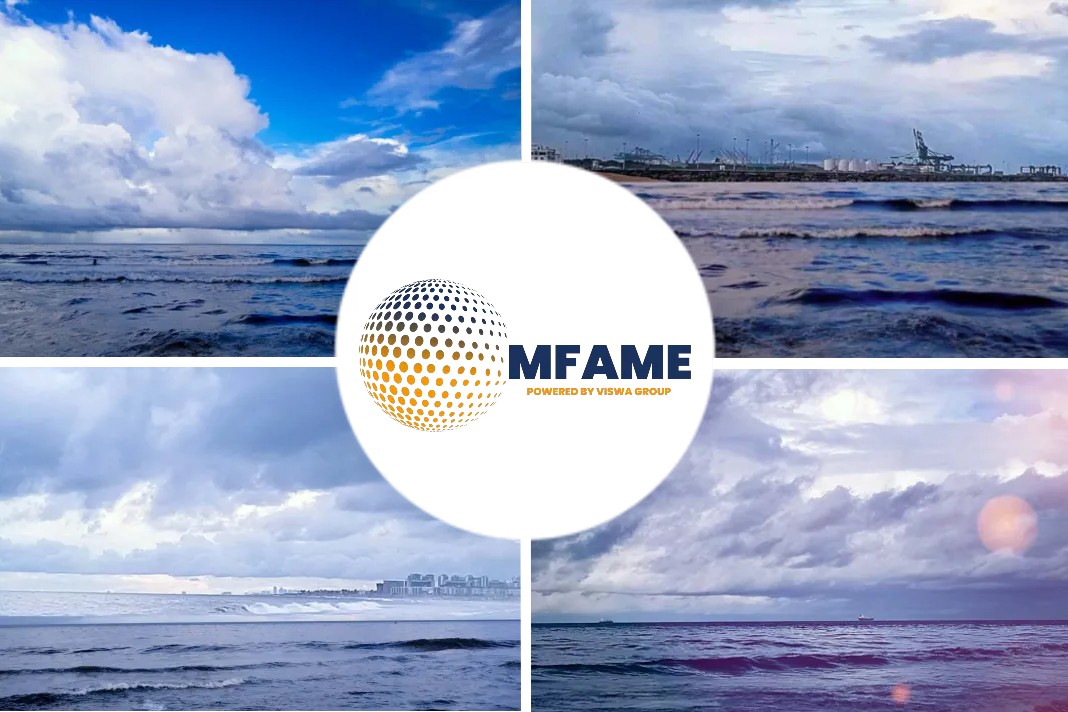
Shipwreck hunters have been closing in on over $ 20 million in treasures on a vessel that had sunk in the middle of a storm over 150 years ago. It’s forbidden to recover any artefact from Great Lakes wrecks without permission. The Westmoreland is also not an exception. But now discussions are ongoing to salvage the cargo, per Ross Richardson, a shipwreck hunter who has discovered the vessel, reports Marine Insight.
An underwater museum
The Westmoreland was reportedly lost amid a storm on 7 December 1854, taking her precious cargo with her. It’s considered that 34 individuals were onboard, and those who managed to reach the mainland began walking to Manistee, the nearest town, which was about 40 miles apart.
For more than 150 years, this ship’s location was unknown until she was again found back in 2010, nearly 200 feet below the waters of Platte Bay.
He said they are in the early stages of working out a plan for a salvage operation to recover the whiskey casks and other artefacts.
The Westmoreland is an underwater museum filled with well-preserved relics dating back to the 1850s, and preserving them for the public would be a worthy cause.
She is one of the most intact and well-preserved shipwrecks dating back to the 1850s.
A regional distillery is keen on salvaging these whiskey barrels for testing and selling purposes. The genetic makeup of corn was way different back in 1854 and may also have had a unique taste, unlike today’s corn.
Eerie photographs captured by diver Chris Roxburgh disclose the current state of Westmoreland. She’s now sitting upright at the bottom and is recognizable almost instantaneously by the “hogging arches” that run along both sides.
When she sank, she was sailing for Mackinac Island, where a fort watched over the meeting point of Lake Michigan and Lake Huron. Eerie photographs show divers have thoroughly explored the shipwreck. There were believed to be 17 survivors and 17 deaths from the wreckage.
A leakage had developed, and steam pumps could not cope with the water flowing into the vessel. The water reached the engine as the storm kept growing, and the Westmoreland was left powerless.
It is thought that half of the 34 onboard lost their lives, and those who reached the mainland began walking to Manistee.
The Westmoreland carried about 280 whiskey barrels for soldiers with other winter supplies. It is thought the gold could have been the garrison’s pay.
The gold coins
The value of the gold is a subject of debate – but Richardson thinks that the double eagle pieces could be fetching over $20m from coin collectors.
He added that the gold coins would be worth millions if melted down and sold. The actual value is the coins’ numismatic value, which could exceed $20m in today’s age.
The salvage operation would focus on the whiskey. But it will be challenging given the wreck’s location, about 200 feet underneath the surface.
It is unclear when such a rescue operation will start. Deep water recovery is a procedure often used for salvaging items, especially from a shipwreck, with the help of hi-tech gadgets.
Often gadgets help raise items to the surface. Other reliable shipping sources state that blades and other cutting tools are used to separate objects from the wreck’s body while windlasses and cranes help carry them upward.
Any diver must be empowered with specialist equipment to reach the wreck. Only these can permit them to navigate the dark and enclosed areas of the vessel safely.
Per Scuba Leeds, experienced divers will require a good dive light, a helpful dive knife to fight possible hazards, an underwater slate that can aid in mapping out the vessel, and a wreck reel to help guide them.
Other essential equipment might be marker buoys, a dive computer, extra breathing gas, and thick gloves. Divers must be wary of entanglements within the structure, lack of adequate light, disruption to gas supply, and silt out.
























